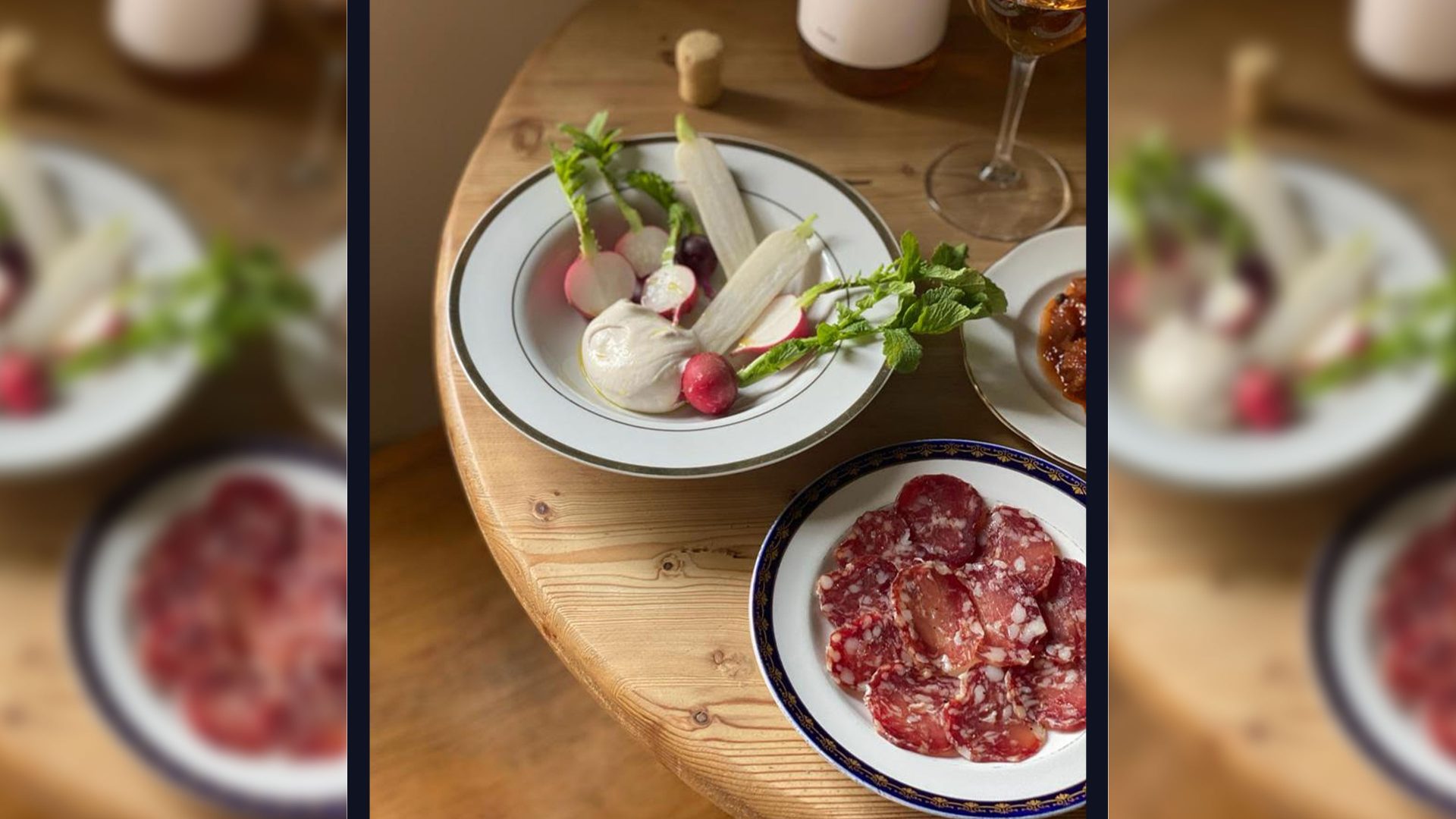At a quaint Devon pub earlier this month I encountered some depressing
vegetables. The carrots were saggy, no doubt the product of a trip through the microwave, and the kale had become metallic and limp. Only the peas had survived their ordeal in the kitchen. A knob of butter and a crack or two
of salt saved the greenery on my plate quite resourcefully. Never mind the
broccoli.
For all my tiring of words like “seasonal” and “local”, both used far too generously in restaurant announcements these days, there is a point to this never-ending tirade: there are pubs and restaurants in the UK today that still use veg-by-lorry, catered for in bulk without much care for provenance.
Hey, we need affordable and accessible places for people to dine, absolutely, but nobody should have to deal with saggy carrots.
Up the road from Devon in Somerset is the Michelin-starred restaurant Osip, and its relaxed sister bistro, The Old Pharmacy. In Bruton, Merlin Labron-Johnson, who made his name co-founding Portland and Clipstone in London, is living a bucolic, pastoral existence, cooking with what the land
provides. For fear of this paragraph becoming increasingly earnest, I’ll stop. It’s “farm-to-table” and that is enough.
Who would be dismayed by the chef’s cod’s roe and seasonal crudités, though? Even if banging on about vegetables is tiring, eating them isn’t. There is joy to be found in a freshly plucked radish and there is a tangible
difference between French beans from Tesco and those grown in your
grandmother’s garden. Or in Merlin’s.
Ready to harvest and eat in the UK now? Chubby broad beans, carrots –
hurrah! – peas, radishes, Swiss chard, summer squash… countless others.
Fruit too: namely berries. The adage that suggests good food needs little
meddling remains true. All that is required here is a French whip of cod’s
roe, or taramasalata, which in its fishy potency enlivens lives when spread
across a vegetable.
COD’S ROE AND SEASONAL CRUDITÉS
Ingredients
60g smoked cod’s roe, skinned
65g white bread, crusts removed & chopped
1 big clove garlic
150ml milk
10g Dijon mustard
50ml water
1 tbsp white wine vinegar
Juice of half a lemon
300g vegetable or other neutral oil
Seasonal young vegetables or leaves, cut into crudités, to serve. We like to use radish and young cavolo nero leaves, but use whatever you have to hand depending on the time of year.
Method
Find a vessel big enough to accommodate the first set of ingredients. Combine them, leaving them to get acquainted for 20-30 minutes, in
which time the bread will soften completely.
Transfer all to a blender, and blend on high speed until completely smooth. Blitz again, and while the machine is going, stream in your vegetable oil, slowly at first, until you have a smooth, homogeneous emulsion. It is likely that the taramasalata will become too thick for the machine to mix it before you have added all of the oil. If this is indeed the case, remove to a bowl and incorporate the last remaining bit of oil with a hand blender if you have one, though a whisk would also suffice.
Season with salt to taste, and extra lemon juice, if preferred. Set aside and refrigerate, or transfer to a dish and serve right away, with a selection of vibrant crudités, a drizzle of good olive oil and crunchy flakes of sea salt.




